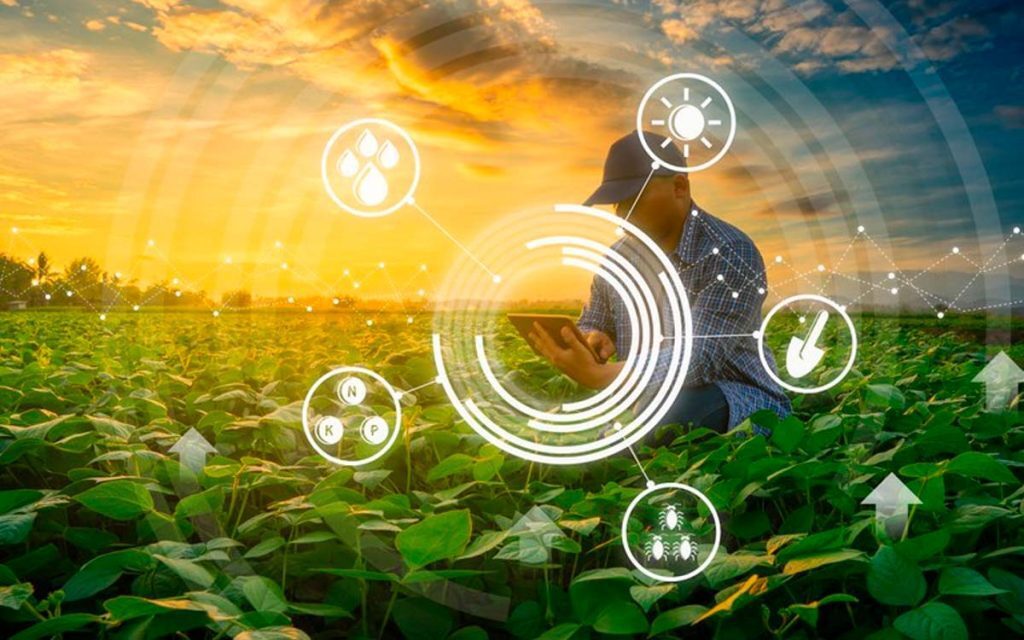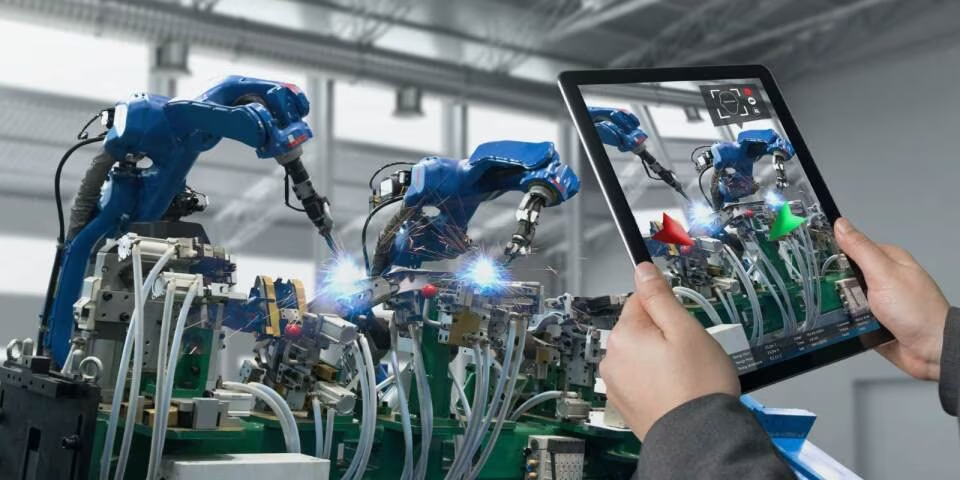Ads
As technology advances by leaps and bounds, logistics is not far behind. Today, we are facing a new paradigm that is changing the way we think about and operate the transportation and shipping of goods: Logistics 4.0. This concept, which emerged in the wake of the Fourth Industrial Revolution, promises to revolutionize the logistics sector with the introduction of emerging technologies such as artificial intelligence, the Internet of Things, blockchain, and autonomous vehicles, among others.
In this context, we'll delve into the fascinating world of Logistics 4.0 to understand how these technological innovations are transforming supply chain management. From process optimization to improved strategic decision-making, including cost reduction and improved operational efficiency.
Ads
In addition, we will discuss the advantages and challenges of implementing this new era of logistics, and how companies can prepare for this paradigm shift. Don't miss the opportunity to learn more about this trend that is shaping the future of freight transportation and shipping. We look forward to seeing you in the coming weeks of this fascinating journey into the future of logistics!
Integration of Technology in Logistics 4.0
Logistics 4.0 refers to the adoption and integration of advanced digital technologies in the logistics industry. This new approach to logistics leverages technology to automate and improve transportation and shipping processes. Some of the most common technologies include:
Ads
- Internet of Things (IoT): IoT enables the digital interconnection of physical objects. In the context of logistics, IoT devices can be used to track and monitor the transportation of goods.
- Artificial Intelligence (AI): AI can automate repetitive tasks, make data-driven predictions, and improve operational efficiency.
- Blockchain: This technology enables the creation of a decentralized digital ledger that can be used to track and verify transactions.
IoT in Logistics 4.0
In Logistics 4.0, the use of IoT devices is revolutionizing the sector. IoT can help logistics companies track the status of shipments in real time, enabling better product tracking and tracing. IoT sensors can provide detailed information on location, temperature, humidity, and other factors that could affect product quality during transport.
Additionally, IoT devices can help optimize delivery routes and reduce operating costs. For example, an IoT device could indicate when a truck is about to run out of fuel, allowing the driver to find the nearest gas station and avoid downtime.
AI and Machine Learning in Logistics 4.0
Artificial intelligence and machine learning are two other key components of Logistics 4.0. AI can help companies analyze large amounts of data and make accurate predictions about market trends. This can be useful for anticipating product demand and planning logistics operations accordingly.
Additionally, machine learning algorithms can be used to automate repetitive tasks, such as product sorting and inventory management. This can free up employees' time to focus on more strategic, higher-value tasks.

Application of AI in Logistics
In logistics, AI can be used to improve supply chain efficiency. For example, AI systems can accurately predict product demand and optimize inventory accordingly. This can help companies avoid excess stock and reduce storage costs.
Additionally, AI can improve delivery accuracy. AI systems can analyze traffic and weather data to optimize delivery routes and ensure products arrive on time.
The role of Blockchain in Logistics 4.0
Blockchain is another technology gaining ground in logistics. This technology enables the creation of a decentralized digital ledger that can be used to track and verify transactions.
In logistics, blockchain can be used to improve traceability and transparency. For example, every step of the transportation and shipping process could be recorded on the blockchain, allowing stakeholders to verify the authenticity and integrity of products.
Blockchain in product traceability
Blockchain's ability to track and verify transactions can be particularly useful in food and pharmaceutical logistics, where traceability is essential. For example, blockchain could be used to track a product from its origin to its point of sale, allowing consumers to verify the authenticity and safety of products.
In short, Logistics 4.0 is revolutionizing transportation and shipping through the adoption and integration of advanced digital technologies. With IoT, AI, and blockchain, logistics companies can improve the efficiency, traceability, and transparency of their operations, resulting in a better customer experience.

Conclusion
In short, Logistics 4.0 represents a revolution in the transportation and shipping sector, providing significant improvements in efficiency, traceability, and transparency. Thanks to advanced technologies such as the Internet of Things (IoT), Artificial Intelligence (AI), and Blockchain, logistics companies can optimize their operations, reduce costs, and improve customer service. IoT, for example, enables real-time tracking of shipments and optimization of delivery routes. AI, on the other hand, can process large amounts of data to make accurate predictions and automate repetitive tasks. Finally, Blockchain offers greater traceability and transparency, being especially useful in food and pharmaceutical logistics. These technologies, when implemented effectively, can result in faster, more efficient, and more reliable logistics services, providing a better consumer experience and a promising future for the logistics sector.



